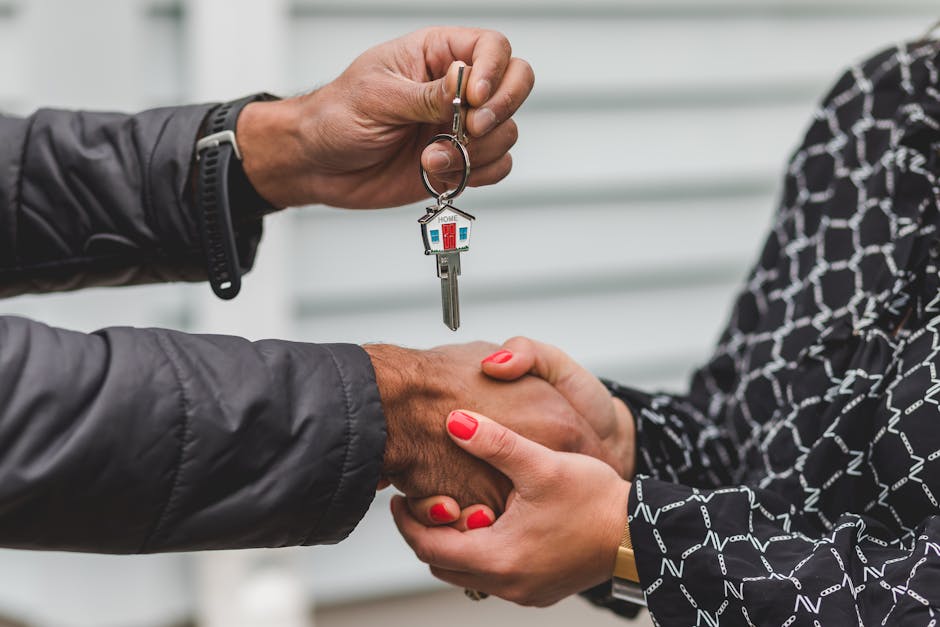Introduction to Biometric AI
In today’s tech-driven world, biometric AI blends artificial intelligence with human biological traits—like fingerprints, facial features, or voice patterns—to deliver seamless and secure identification. From unlocking your phone to speeding up airport security, this technology is transforming industries. But how does it function, and what makes it so powerful?
Biometrics + AI: The Perfect Pair
- Biometrics: Measures unique physical/behavioral traits (e.g., fingerprints, iris scans, voice).
- AI: Enhances biometric systems with machine learning, improving accuracy and adaptability over time.
Together, they create faster, fraud-resistant authentication compared to traditional passwords.
How Biometric AI Works: A 4-Step Process
- Data Capture
-
Sensors (cameras, microphones, scanners) collect biometric input (e.g., a face or fingerprint).
-
Feature Extraction
- AI algorithms analyze and convert data into unique digital templates.
-
Example: Facial recognition maps 80+ nodal points on a face.
-
Matching & Verification
-
Compares new scans against stored templates to confirm identity.
-
Continuous Learning
- AI refines its models, reducing errors (e.g., recognizing aged faces or vocal changes).
Real-World Applications
✅ Security
– Smartphone unlocks (Face ID, Touch ID).
– Border control (e.g., U.S. Customs’ facial recognition).
✅ Healthcare
– Secure patient ID via iris scans.
– Wearables tracking vitals with AI analysis.
✅ Finance
– Biometric logins for banking apps (e.g., Wells Fargo’s voice authentication).
Challenges & Ethical Debates
⚠️ Privacy Risks: Biometric data leaks are irreversible (you can’t change your face!).
⚠️ Bias: Some systems show lower accuracy for darker skin tones or accents.
⚠️ Surveillance: Potential misuse by governments or corporations.
The Future of Biometric AI
- Liveness detection to thwart deepfakes.
- Edge AI for faster, offline processing (e.g., smartphones).
- Global adoption: India’s Aadhaar and EU’s GDPR are shaping standards.
Conclusion
Biometric AI offers unparalleled convenience and security but demands ethical regulation to prevent abuse. As tech evolves, transparency and user consent will be critical.




